Fostering Inclusivity With AEW’s Lily Kao: Q&A
The managing director continues firm’s tradition of encouraging diversity of thought.
As she approaches her quarter-century anniversary with AEW, firm managing director Lily Kao remains deeply committed to seeing the diversity goals of both her firm and her industry realized. A member of AEW’s diversity & inclusion committee, as well as co-chair of its social committee, Kao is well positioned to help ensure AEW promotes equality and inclusivity among its workforce.
In this wide-ranging interview with Commercial Property Executive, she discusses these initiatives and how her firm evaluates climate-related investment risks, among others.
What achievements are you proudest of as a member of AEW’s diversity and inclusion committee?
Lily Kao: One of the reasons that I have spent my 24-year career at AEW is our steadfast commitment to DE&I. It’s incredibly important to have defined goals and a team that is held accountable for making measurable progress.
READ ALSO: Making the Construction Business More Diverse
Long before formalizing a DE&I committee, AEW demonstrated to me that it is a place that values and prioritizes diversity of thought. I’m very proud that our investment committee, risk management committee, and senior leadership team, which comprise the senior-most investment professionals from both the private and public markets, are representative of the firm’s population.
Also, our open-end, core strategies are led by an all-women portfolio management team across the globe—in the U.S., Asia Pacific and Europe—with the U.S. strategy alone consisting of $10.8 billion in assets.
Establishing diversity at every level of the organization, and especially at the highest levels, is still an actionable goal for us, and can be improved across the real estate industry overall. At AEW, it’s important that the future leaders of the organization see themselves reflected at the very top. I’m also incredibly proud of the Affinity Groups (AEW Pride, AEW Racial Alliance and AEW Women’s Network) and their tireless initiatives, as well as all of the training and mentoring programs we have in place to foster an equal and inclusive workplace.
How is climate change impacting your use of the “R” in ESG&R criteria?
Kao: Climate impacts will affect almost all geographies globally to varying degrees. AEW evaluates climate-related risks using MSCI’s Climate VaR software, which allows us to measure climate-related physical and transition risks across our portfolios. Since these impacts will affect different markets and different regions will experience idiosyncratic risks, climate risks are considered during the portfolio construction process in a similar manner in which property type, economic/industry and market/geographic risk are considered.
READ ALSO: The ABC’s of ESG
AEW’s insurance risk management group monitors catastrophe exposure and works with engineers on resiliency. Capital improvements are evaluated during due diligence and as part of the ongoing annual property and portfolio level business plans. We also continually review opportunities for renewable energy and battery storage for our investments to reduce GHGs and add long-term value to assets.
How has your team deepened its ESG&R due diligence in evaluating potential investments?
Kao: AEW’s process for monitoring and controlling risk is robust and disciplined. As part of the acquisition due diligence process, we created a physical risk scorecard to identify risk of floods, heat stress, hurricanes and typhoons, sea level rise, water stress and wildfires.
Third-party engineering consultants are often engaged to provide options to physically mitigate risk through the implementation of such items as flood gates, earth berms, white roofs, etc. This analysis allows us to assess potential climate risks and underwrite and budget for costs to enhance the resiliency of an asset if needed.
In addition to physical risk, we seek to assess transition risk throughout the lifecycle of an investment. This includes policy and technology risks as markets around the world transition to a low carbon economy.
When you push facilities to improve efficiencies prior to investing in them, do the managers respond more favorably than they once did?
Kao: I’ve seen a real shift in the understanding, acceptance, and prioritization of ESG&R initiatives within our industry. Our investors and third-party service providers are sophisticated and respond favorably when we can demonstrate the return on cost of improvements that reduce expenses such as LED lights, low-flow toilets and solar, or the ability to increase revenue or leasing prospects.
Many of our tenants are equally sophisticated with their ESG&R efforts and are appreciative that we, as their landlord, are being proactive and committed to a vision of prudent property stewardship with the goal to develop or enhance the environmental, social, governance and resiliency measures of our property investments.
What sectors of commercial real estate currently show the greatest investment potential?
Kao: This is an interesting time of price discovery as the Federal Reserve has raised the benchmark interest rate swiftly and aggressively, which has driven borrowing costs up while real estate cap rates are at historic lows. Negative leverage is occurring, giving low or no leverage buyers an advantage. AEW has a strong track record of investing through all cycles and maintaining disciplined underwriting and I believe there will be investment opportunities across all the major property sectors.
Specifically, the fundamentals continue to be strong for logistics and housing where supply is range bound and record low vacancy continues to drive rent and NOI growth, providing a hedge against any potential yield expansion. As medical costs continue to rise nationally and the delivery of medical care is shifting toward outpatient facilities, we also see potential in health-care investments with need-based demand that provide durable income.
Which sectors pose the greatest potential investment risk?
Kao: Today, the most uncertainty surrounds the office sector. Tenant demand is still muted after two-plus years of many people working from home. As a result, in-office occupancy has not recovered, driving many companies to reevaluate their longer-term space needs.
Equally challenging are the costs for tenant improvements as well as the capital required to maintain or upgrade the building which are significant and continue to increase. These headwinds are resulting in tighter lender underwriting, and capital market liquidity is less today than it was a year ago.

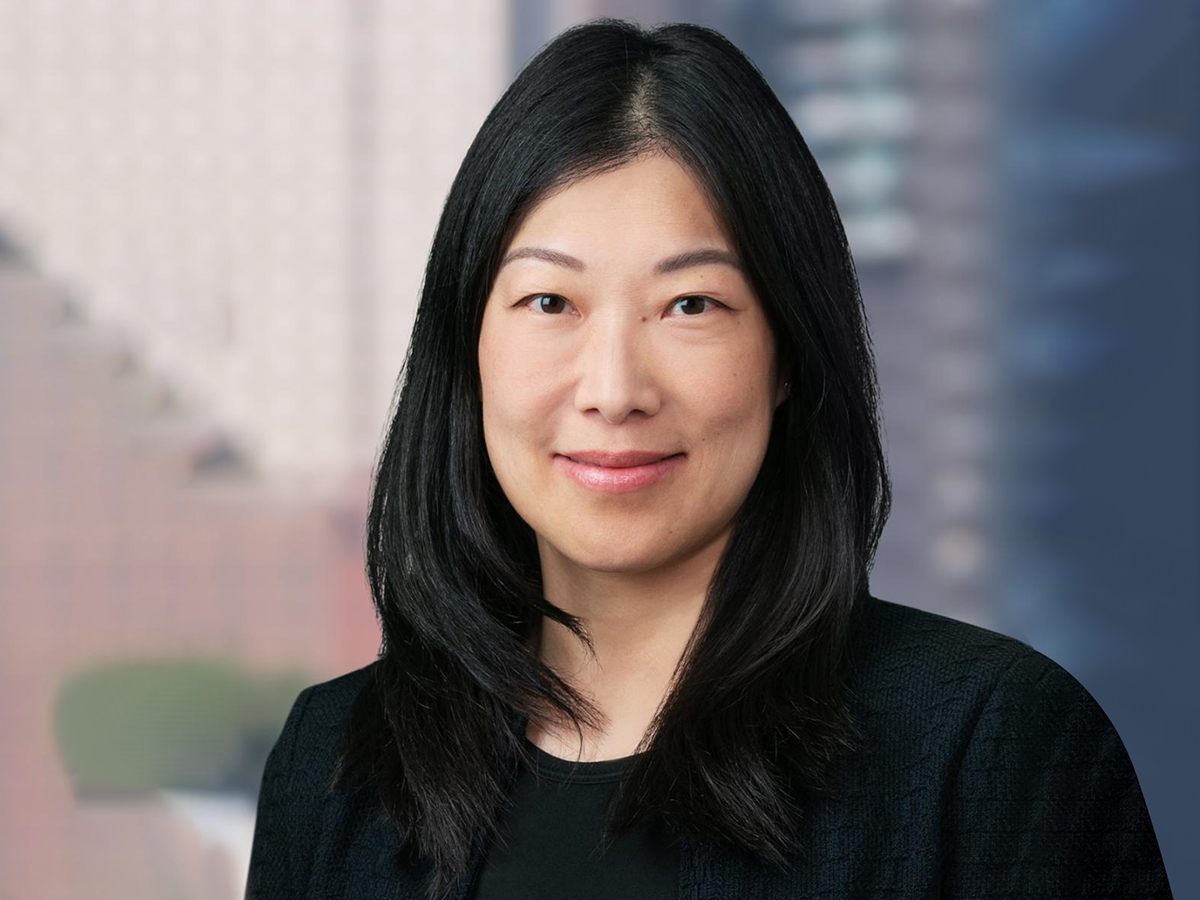
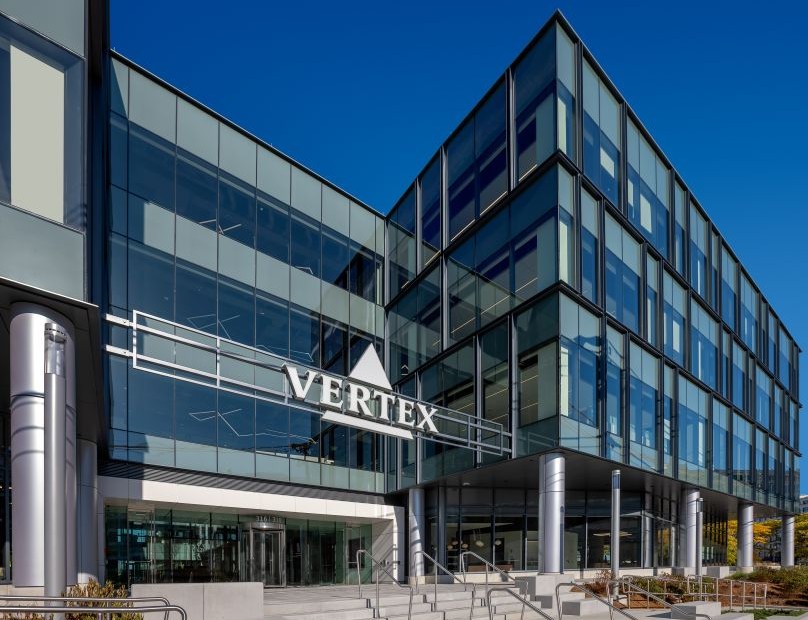

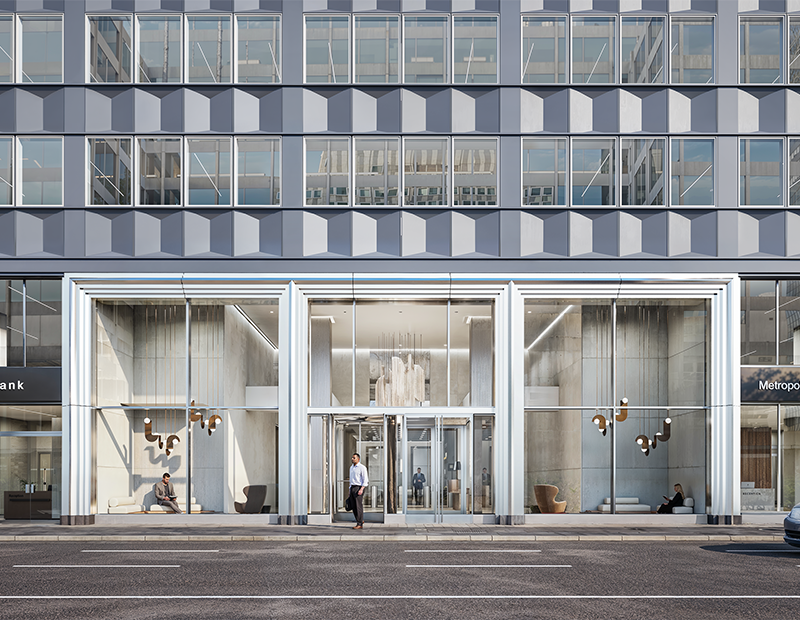
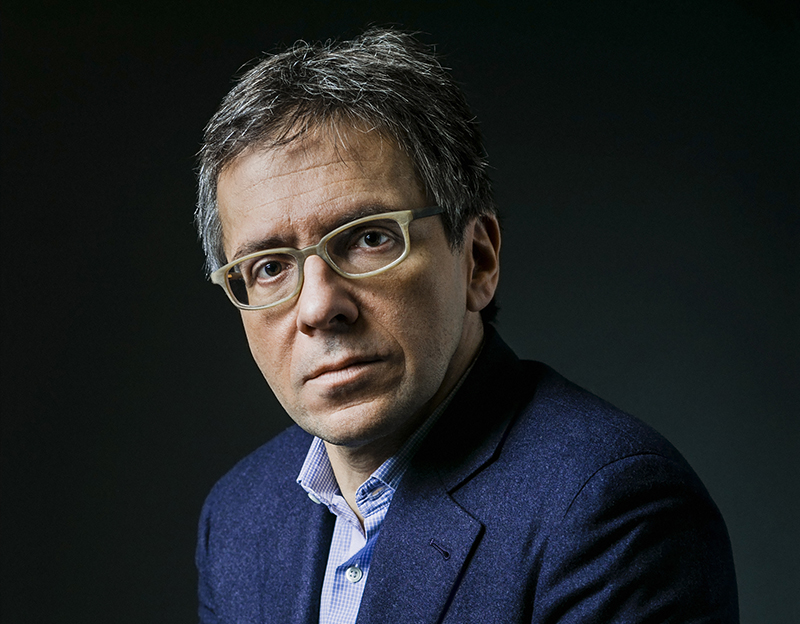
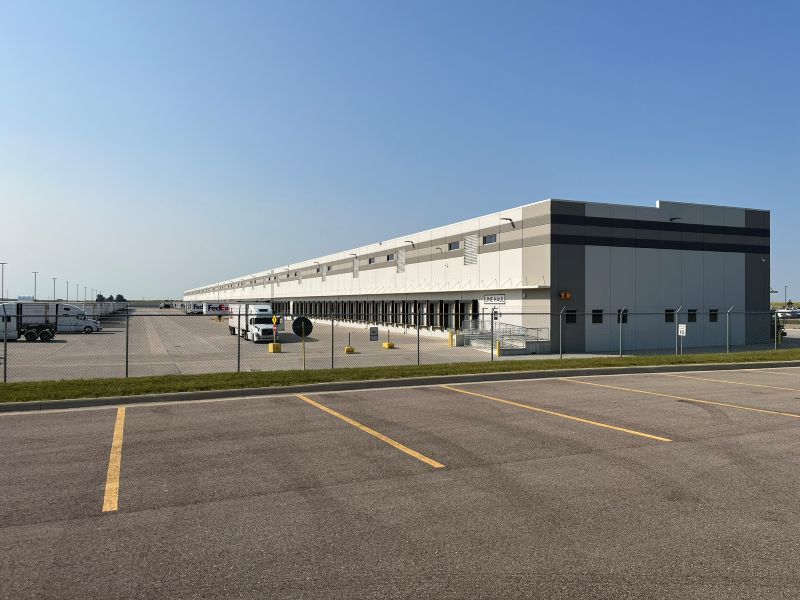
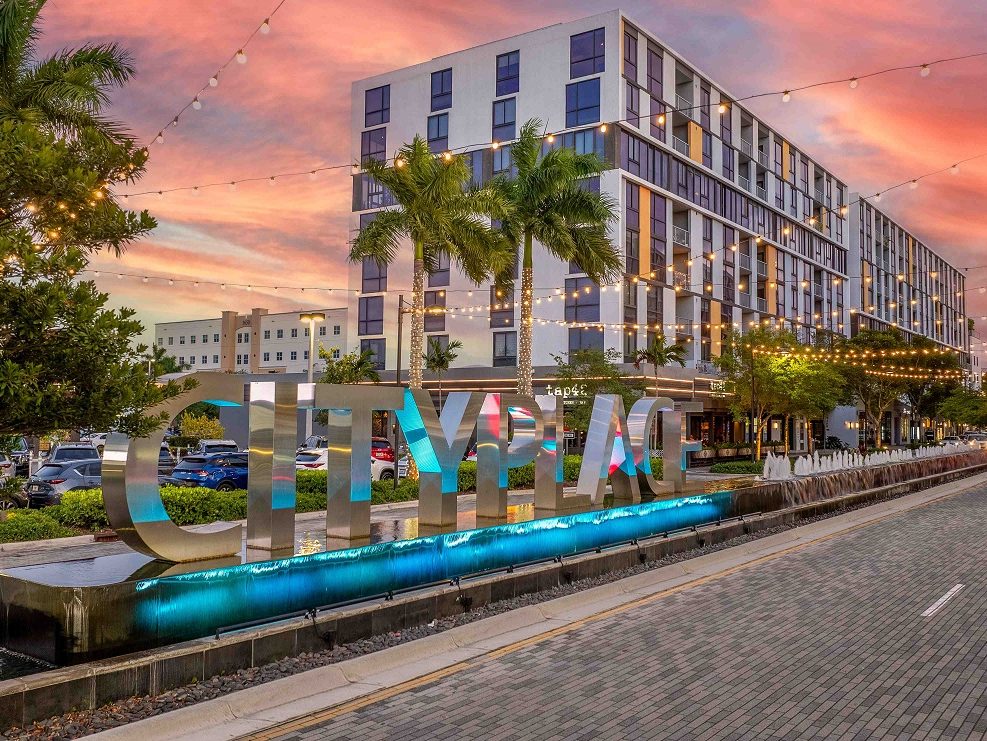

You must be logged in to post a comment.